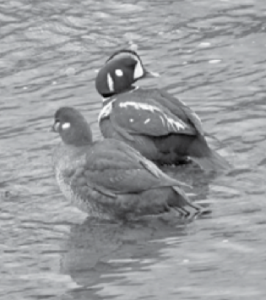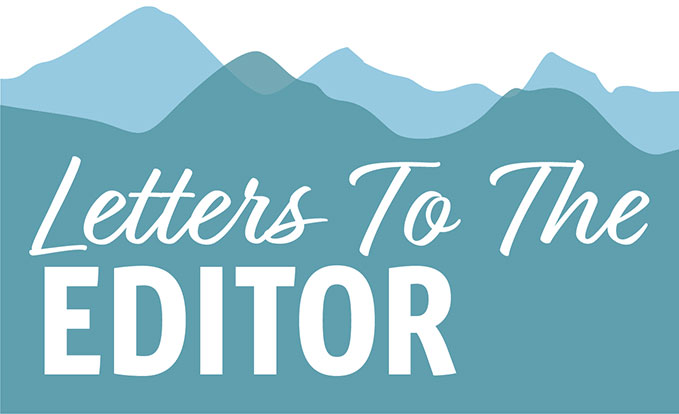A Permanent Reservoir at McLean Creek
I have lived in Bragg Creek for 30 years and hiked, kayaked and canoed, flyfished the Elbow River and publicly advocated for its health in many forums including Trout Unlimited and Stand for the Upper Elbow. Like you, I love this river and the fun, wonder and serenity it has given me and my family.

In my view, a permanent reservoir at McLean Creek is the least destructive project for our beloved Elbow in the face of politically inevitable flood and drought mitigation. It is not likely any government is going to “buy out” all the floodplain residents of the Bragg Creek hamlet, Redwood Meadows, Elbow Valley, Discovery Ridge, Britannia, Elbow Park, Rideau Park, Roxboro and Mission.
A reservoir at McLean Creek should be “bottom release”, maintaining pure, cold nutrient-rich flows for the aquatic ecosystem downstream and the human and wildlife populations that rely on the Elbow for drinking water (including 500,000+ in Calgary). This dam should include a fish ladder to allow movement of spawning Bull and Cutthroat trout, as well as Mountain Whitefish, from the stretches near Bragg Creek and Gooseberry to the spawning redds in the canyon pools downstream of Elbow Falls.
I would add that hydropower at a McLean Creek reservoir is not an ecologically desirable facet (except perhaps lower capacity in-stream hydrokinetic turbines) because hydro use creates water level fluctuations that largely incapacitate downstream aquatic ecosystems as has occurred along the Kananaskis River and middle Bow River.
Essentially all instream reservoirs have a lifespan due to eventual siltation (although this lifetime can be expanded by periodic lowering of the reservoir level to at least partially flush out sediment deposits, as dams along the Colorado River have done). The lifetime of a McLean Creek reservoir can be estimated by looking at sedimentation in comparable structures at Barrier Lake and the Glenmore Reservoir. The Glenmore Reservoir was constructed in 1932 and lost 10% of its capacity in 40 years (ie ~400 yr life). Barrier Lake Dam was constructed in 1947 and appears to have increased it delta area about 20% in the last 72 years yielding a life estimate of 360 years. Dredging has been contemplated for the Glenmore Reservoir but is not considered at this time as increasing the capacity, which is near completion, is more cost effective.
As I have written in previous blogs, an offstream flood mitigation reservoir at Springbank would periodically flood the Elbow River downstream at discharge (or a required 1/5yr testing diversion), destroying the cold water ecosystem with June or July sun-warmed, algae-bearing water. These waters will significantly increase water treatment costs for the Glenmore treatment plant and likely lower the water quality (particularly taste) for the more than 500,000 people drinking that water. A flood event at Springbank would coat the inundated ~2000 acres of grassland with silt up to 4m thick, destroying the habitat for the Sibbald elk herd, deer, voles, and mice and the grizzlies, wolves, cougar, coyotes, badgers, weasels, owls, and raptors that rely on these prey. As seen at Redwood Meadows it takes years for the grasses and shrubs to regenerate. The landscape at McLean is already largely devoid of wildlife (except wild horses) because of the consistent OHV traffic there.
So in considering all these effects, I believe a cold water, bottom-release dam with a fish ladder at McLean Creek can actually enhance the aquatic ecosystem downstream within the Elbow River watershed assuring wildlife and human residents of cold, pure water in times of drought and relief in times of flood. A Springbank offstream reservoir may only be partially effective at flood mitigation and will destroy the downstream aquatic ecosystem following that flood.
Dave Klepacki
Dave and his wife Amarin, who own The Heart Café and Yoga Studio, have resided in Bragg Creek for 30 years, raising 6 children with a love for outdoor adventures. They have been active in supporting many community groups. Dave has a deep connection to the Elbow River: as an amateur naturalist, flyfisherman and long-time member of Trout Unlimited; an Elbow River Watershed Partnership director; and a founding member of Stand 4 the Upper Elbow. He has written several recent editorials and been interviewed on television and radio regarding preserving this important river valley and drinking water source for both wildlife and watershed residents, especially 400,000 Calgarians.


























